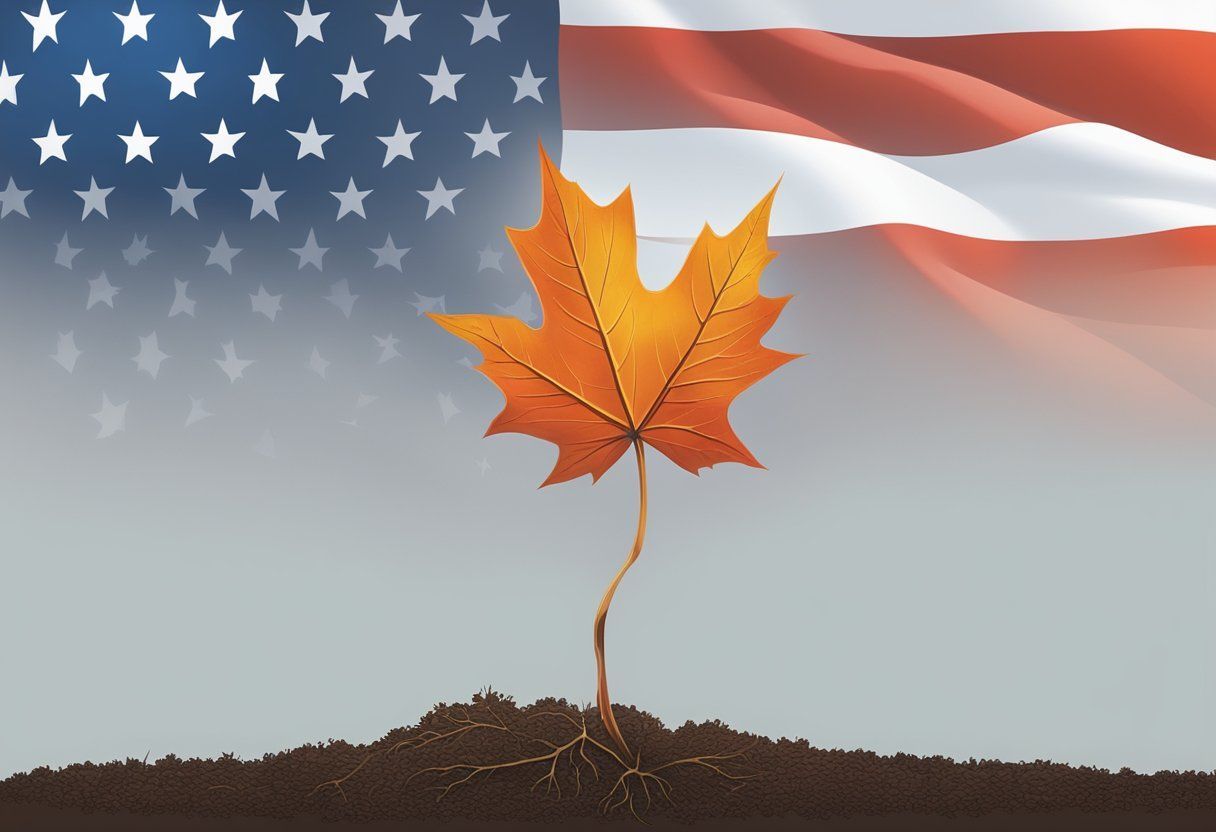Britain’s Proposed Social Media Ban for Children: Feasibility, Acceptance, Consequences Analysis
Key Developments in UK Online Safety Regulation
The UK government is taking steps to enhance online safety for children and young people. A new study is underway to examine how social media affects those under 16. This research aims to build evidence for future policy decisions.
With the increasing concerns over the effects of the internet on younger individuals, the UK government is exploring ways to enhance online safety. Recent discussions have centered around potentially banning children under 16 from using social media platforms. This proposal forms a part of broader efforts to safeguard the well being of young users on digital platforms.
Key Focus Areas:
- Regulation and Impact Assessment
The UK’s technology secretary, Peter Kyle, highlighted the government’s interest in understanding the potential benefits and challenges of implementing an Australian-style social media ban for those under 16. This initiative aligns with the broader role of Ofcom, the UK’s communications regulator, in ensuring platforms engage in responsible practices. - Online Safety Act
Set to be enforced next year, the Online Safety Act is comprehensive legislation aimed at addressing harmful online behaviors. It mandates that technology companies proactively create safer environments on their platforms. Provisions include safeguarding children from accessing harmful materials, such as pornography, and combating illegal content. - Age Verification and Safety Measures
As part of the new legal requirements, platforms must ensure robust age verification processes to prevent underage users from accessing inappropriate content. The law also calls for the protection of content deemed important for democratic and journalistic purposes, enhancing transparency in digital environments. - Mental Health and Research Initiatives
A new research project seeks to understand the links between smartphone use and children’s mental health. This effort comes after previous reviews indicated a lack of sufficient evidence to assess these impacts fully. The goal is to guide future policy decisions to better protect young people.
Role of Education and Parental Controls:
In conjunction with regulatory efforts, there is a push for greater education on online safety for both children and parents. Establishing tools for more effective parental controls can aid in minimizing excessive screen time and exposure to harmful or addictive content.
The discussions on banning social media for under-16s have also sparked dialogues on broader issues, such as behavioral addiction induced by excessive screen time. These measures are seen as part of a larger movement to protect young individuals from the risks associated with unrestricted access to digital platforms.
The government’s collaboration with safety campaigners and charities highlights the multifaceted approach required to tackle these modern challenges. By focusing on creating evidence-based policies and engaging with various stakeholders, the UK aims to solidify its role in enhancing digital safety standards.
This overview reflects ongoing efforts within the UK to prioritize the health and safety of young people in an increasingly connected world. It emphasizes the importance of trust and responsibility among tech companies, parents, and regulatory bodies in fostering a secure digital environment.
The technology secretary has asked Ofcom, the online safety regulator, to focus on certain priorities:
- Ensuring online platforms are designed with child safety in mind
- Tackling illegal content, including fraud
- Increasing transparency from tech companies
These priorities will help track progress and identify areas where laws may need improvement.
The Online Safety Act is set to be implemented next year. This wide-ranging law covers many online activities. Key aspects include:
• Age verification for accessing adult content
• Protecting important speech and journalism
• Addressing fraudulent ads
• Reporting child abuse material
Companies that don’t follow the rules could face large fines. The maximum penalty is £18 million or 10% of global turnover, whichever is higher.
Some have raised concerns about the Act’s impact on privacy, especially around encryption. The government says it aims to balance safety and privacy needs.
A potential ban on social media for children under 16 is being discussed. This idea is based on a similar policy in Australia. UK officials say more research is needed before making such a decision.
The push for stronger online safeguards comes after a 2019 review. That study found not enough evidence to judge how smartphones and social media affect children’s mental health. The new research project hopes to fill this knowledge gap.
Online safety groups and charities are working with the government on these issues. Their input helps shape policies to protect young internet users.
As the digital world evolves, so do the challenges of keeping children safe online. The UK’s approach combines new laws, research, and cooperation with tech companies. The goal is to create a safer online environment without stifling innovation or free expression.
Balancing these competing needs is complex. It requires ongoing dialogue between lawmakers, tech experts, child advocates, and the public. As new data emerges, policies may need to adapt.
The coming months will be crucial as Ofcom prepares to enforce the new rules. Tech companies will need to show they’re taking concrete steps to comply. The impact of these changes on users, especially young people, will be closely watched.

Common Questions About Britain’s Proposed Social Media Ban for Children
How might UK rules for kids’ social media use affect EU data laws?
The UK’s potential social media restrictions for children could clash with EU data protection rules. GDPR already sets age limits for online services. New UK laws may need careful crafting to align with EU standards while meeting domestic goals. This could involve:
- Age verification methods
- Data sharing agreements
- Consent requirements
What tech hurdles exist for blocking kids from social media in North America?
Implementing social media bans for minors in North America faces several technical challenges:
- Age verification difficulty
- VPN and proxy use to bypass restrictions
- Enforcing bans across platforms
- Balancing privacy and effectiveness
Could UK social media limits for kids threaten free speech?
There are concerns that restricting social media access for youth may set a worrying precedent. Key issues include:
- Defining age-appropriate content
- Balancing protection and rights
- Potential for overreach
- Impact on political engagement
How might child social media rules affect digital innovation?
New social media regulations for children could impact digital innovation:
- Increased compliance costs
- Shifts in platform design
- New market opportunities
- Changes to user growth strategies
What methods could enforce UK kids’ social media limits?
Potential enforcement mechanisms for a UK social media ban on children include:
- ID verification systems
- Parental controls
- Platform accountability measures
- User reporting tools
The feasibility depends on tech limitations, privacy concerns, and cooperation from platforms and users.
Are there past examples of kids’ social media bans?
While full social media bans for children are rare, some relevant past actions include:
- Age restrictions on specific platforms
- Content moderation laws
- Internet filtering in schools
- Time-limiting features
These offer insights into potential long-term effects on regulation, but direct comparisons are limited.
Building better solutions for better business®




